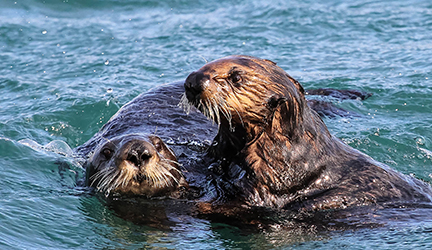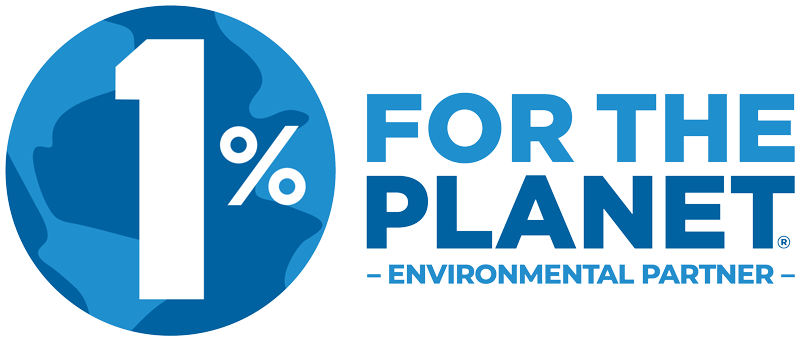
Chapter 3: Population and Demographic Considerations

Sea otter reintroductions aim to restore viable populations within their former ranges and specifically to habitats where they have been wiped out. Therefore, one of the fundamental requirements for evaluating a reintroduction program’s feasibility is a realistic population and demographic assessment.
Based on simulations generated using the ORSO web app, Chapter 3 assesses reintroduction options that:
- Consider three potential source populations: Southeast (SE) Alaska, California, and aquarium-rehabilitated juvenile sea otters from California
- Account for establishment-phase dynamics and related parameters, specifically:
- the expected duration of the establishment phase
- the degree of elevated mortality during the establishment phase
- the probability of dispersal away from the release site
- how this dispersal probability varies as a function of both the sea otter age class and whether the release site is in an estuary

Chapter 3
- Impacts of Reintroduction to Source Populations
- Impacts of Reintroduction to Recipient Population
- Implications of Reintroduction for the Species
Insights from the ORSO Simulations
- Model simulations reveal a great deal of uncertainty.
All reintroduction scenarios are likely to involve a period of population establishment, during which population growth will be sluggish and very possibly negative. To minimize the chances that a population will go extinct, the study’s authors suggest the following guidelines based on the ORSO simulations:
A sufficiently large number of individuals should be included in the initial reintroduction.
The release site should be carefully chosen (and post-release management conducted) to maximize the chance that animals remain near the release site.
Supplementary introductions could be used (if possible) to enhance the probability of success.
Spatial considerations and the selection of a release site can have substantial implications for reintroduction outcomes.
Multiple release locations (resulting in multiple “seeds” of population growth) may be more effective than a single center, if logistically possible.
Learn More
- Chapter 1 – Intro
- Chapter 2 – Prior History
- Chapter 3 – Population impacts
- Chapter 4 – Genetic considerations
- Chapter 5 – Ecosystem effects
- Chapter 6 – Habitat suitability
- Chapter 7 – Socioeconomics
- Chapter 8 – Admin/legal issues
- Chapter 9 – Logistics
- Chapter 10 – Health & welfare
- Chapter 11 – Stakeholder issues
- Chapter 12 – Conclusions
- Appendices: ORSO app, maps
Related: Reintroduction Economic Study
Key Quotes
“For any wildlife reintroduction program, individuals must be taken from some source population for translocation to the new habitat. Because removing individuals will necessarily cause a reduction in population size, the question is not whether a source population will be negatively affected but rather if these negative effects will be statistically or biologically significant.”
“Managers and a wide range of stakeholders can easily use the model framework developed for this assessment (the ORSO web app) to explore the potential outcomes of alternative reintroduction scenarios, assess the relative risks and implications …, and evaluate the factors likely to determine a reintroduction’s success or failure.”
Key Terms
Click on the following key terms used on this web page to see their definitions on the glossary page:


